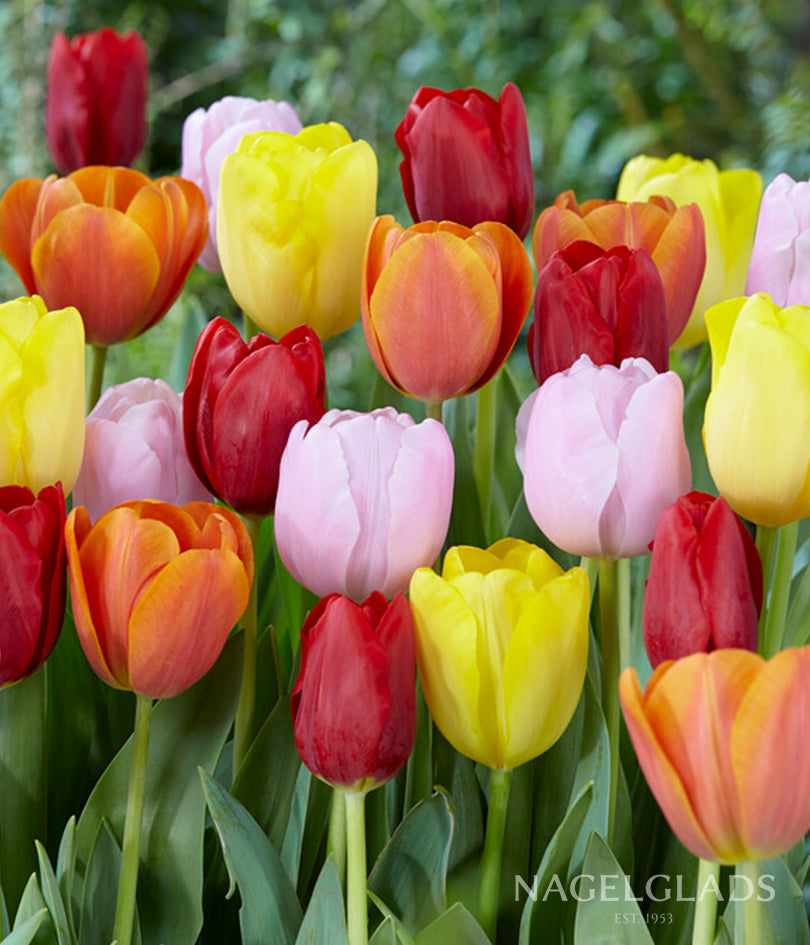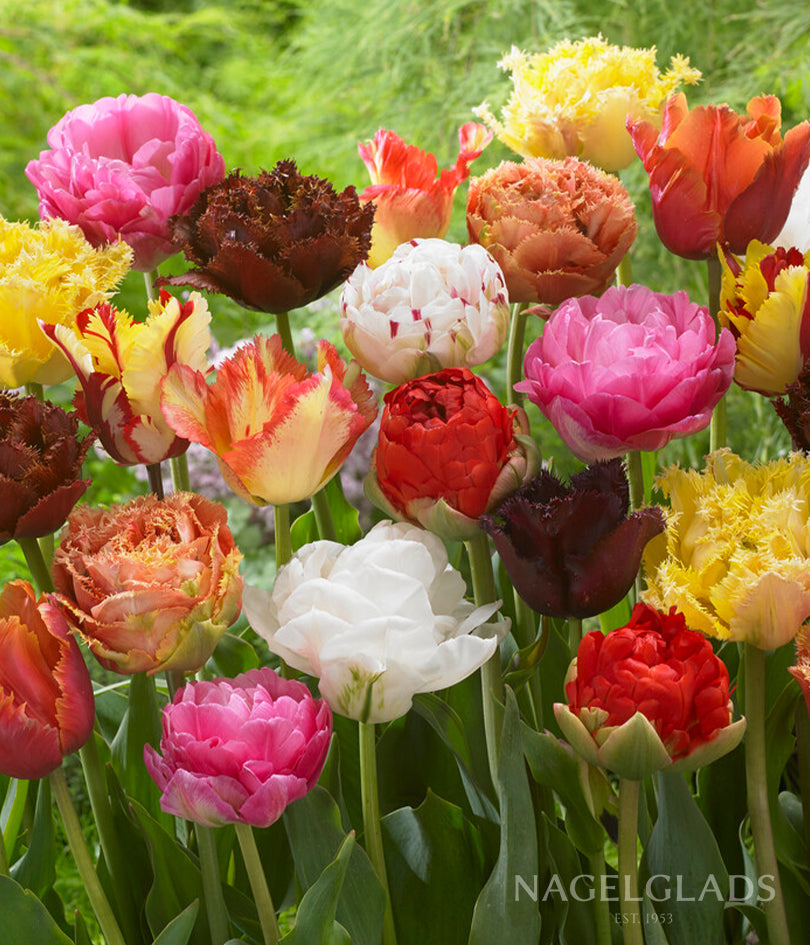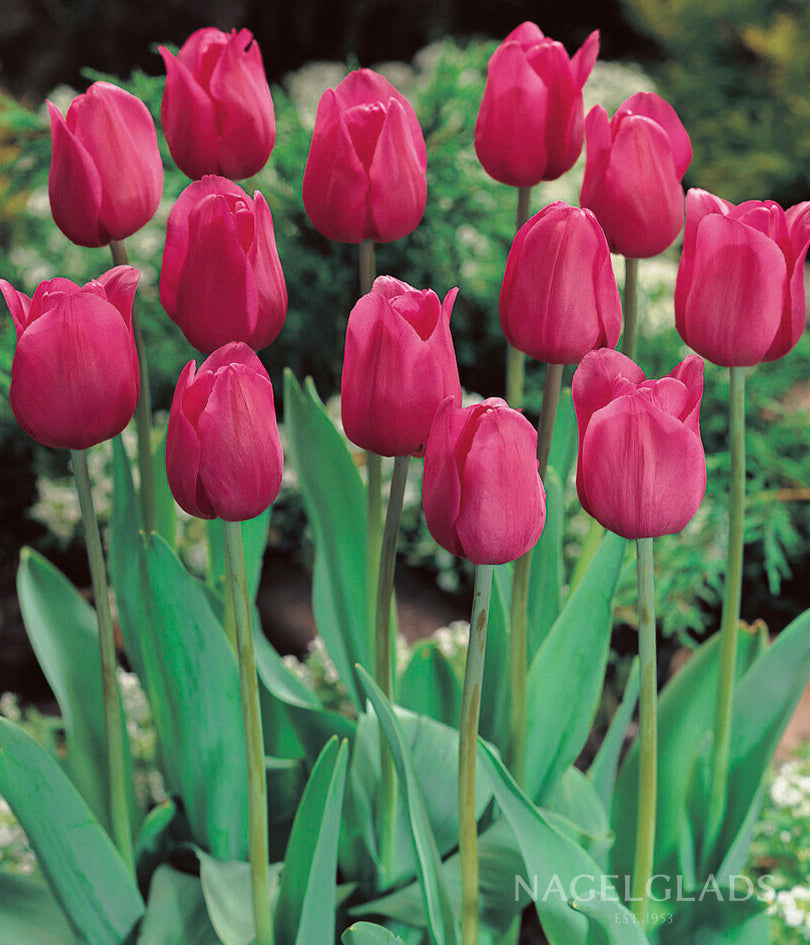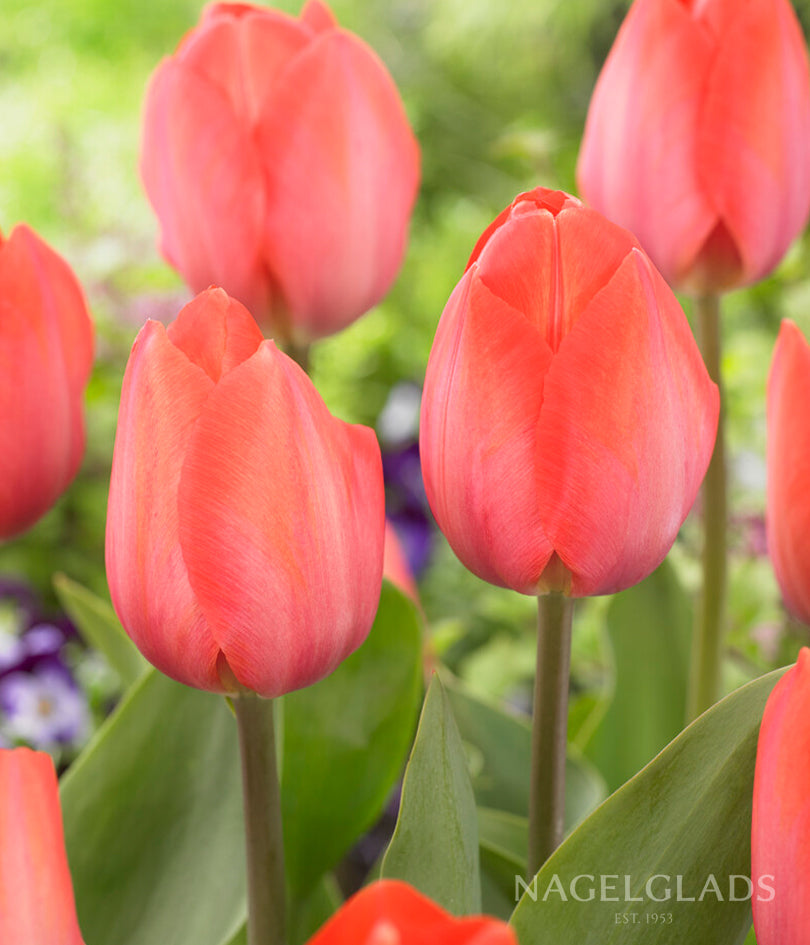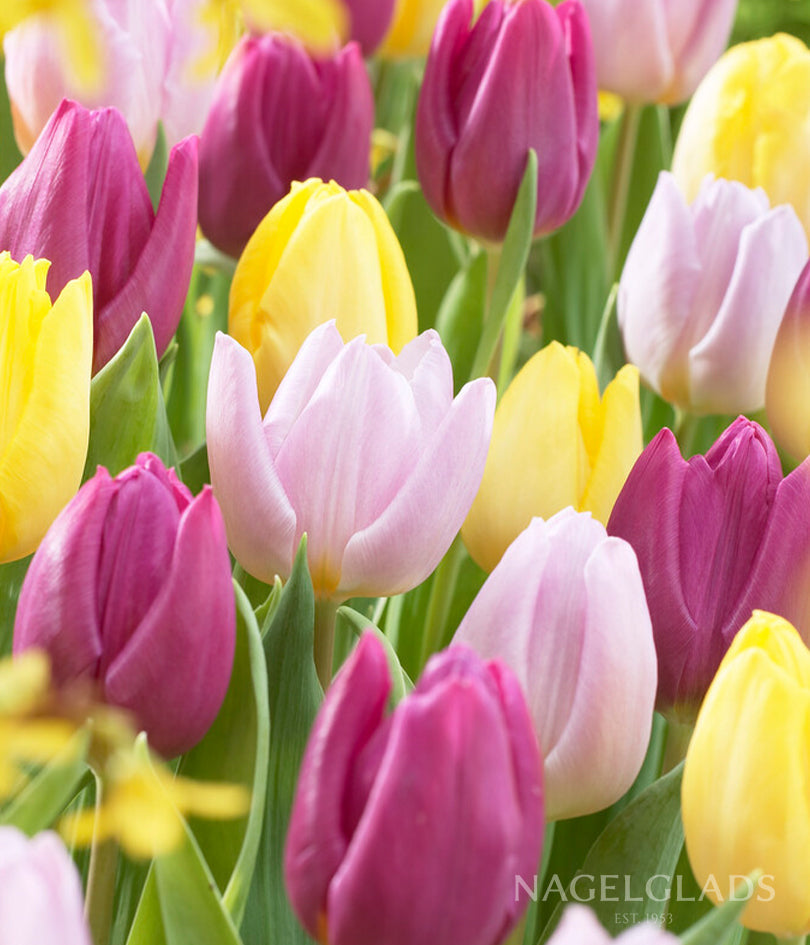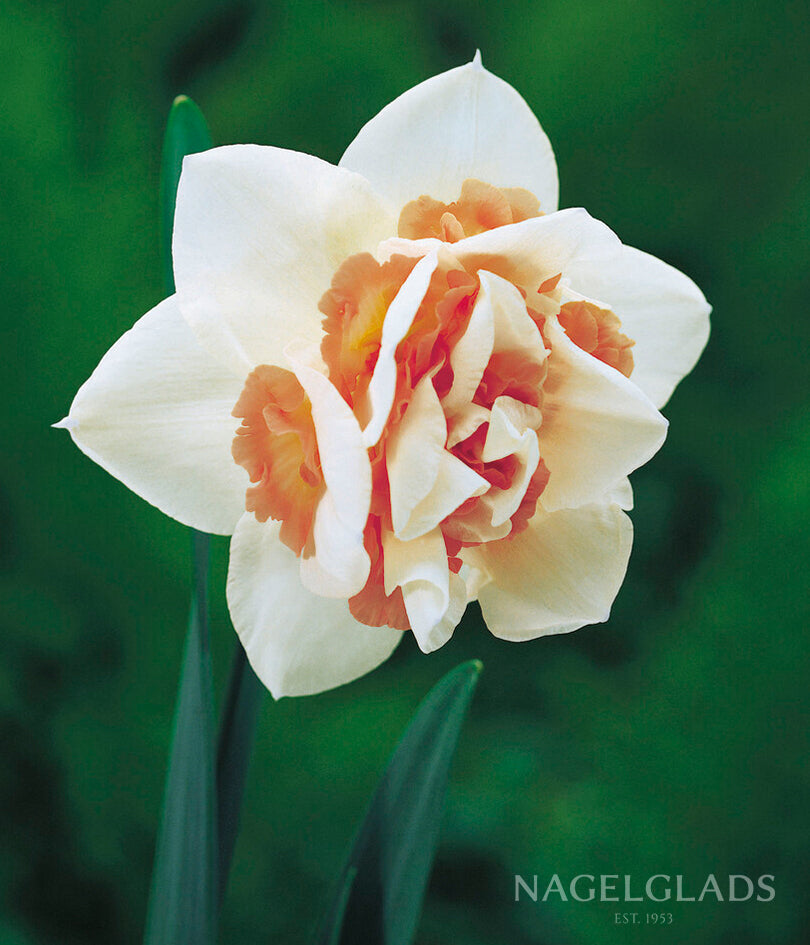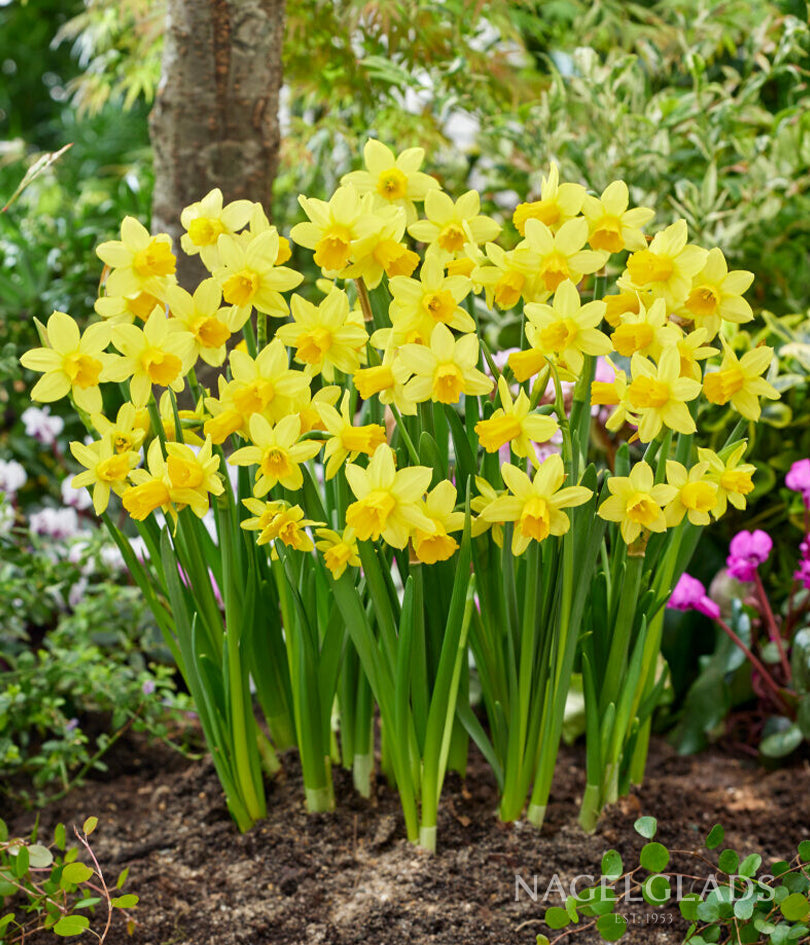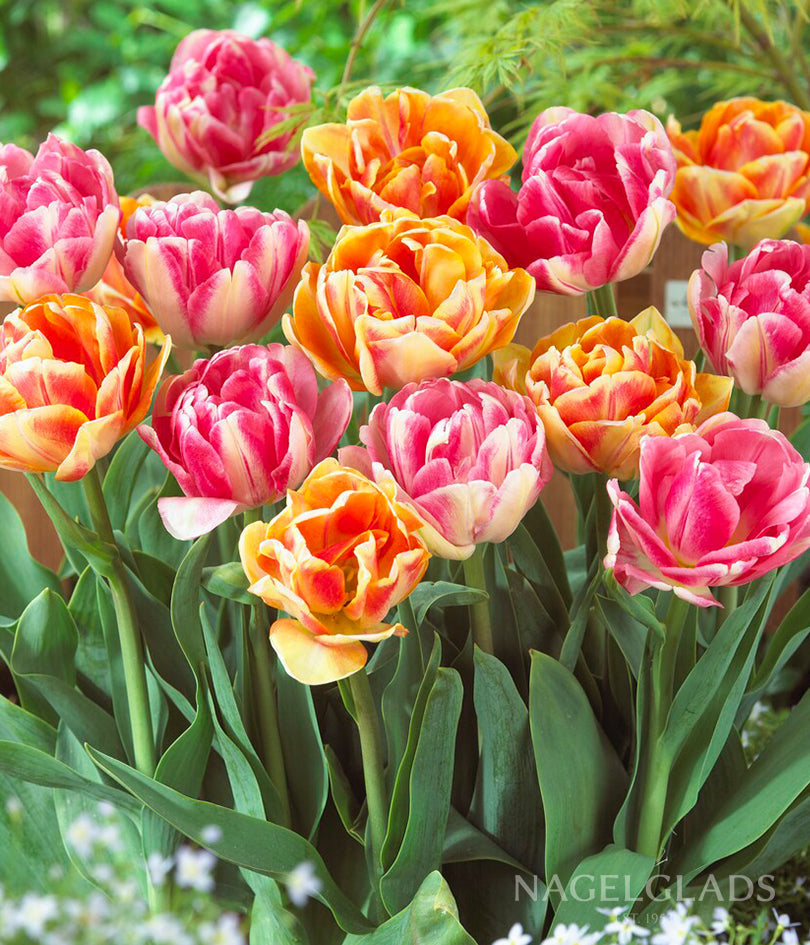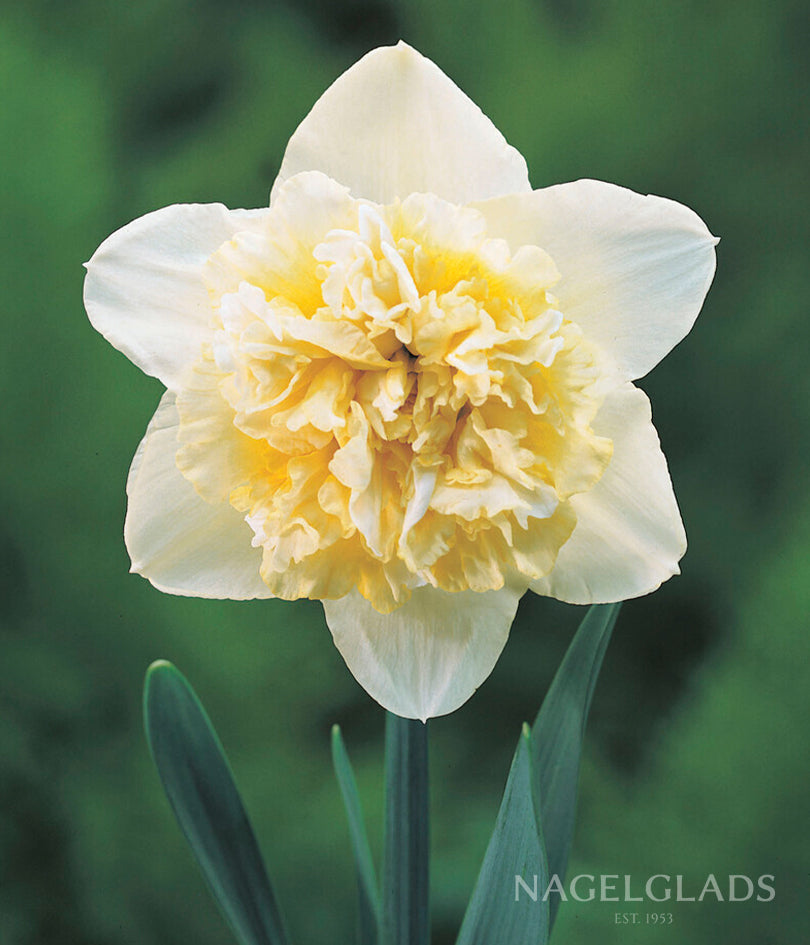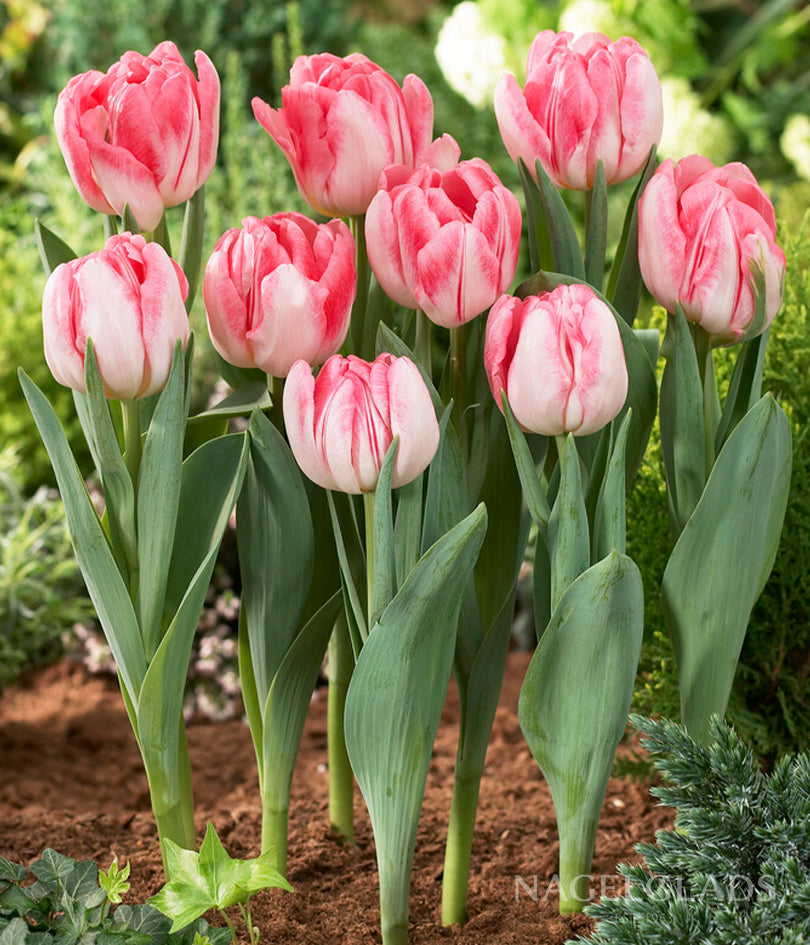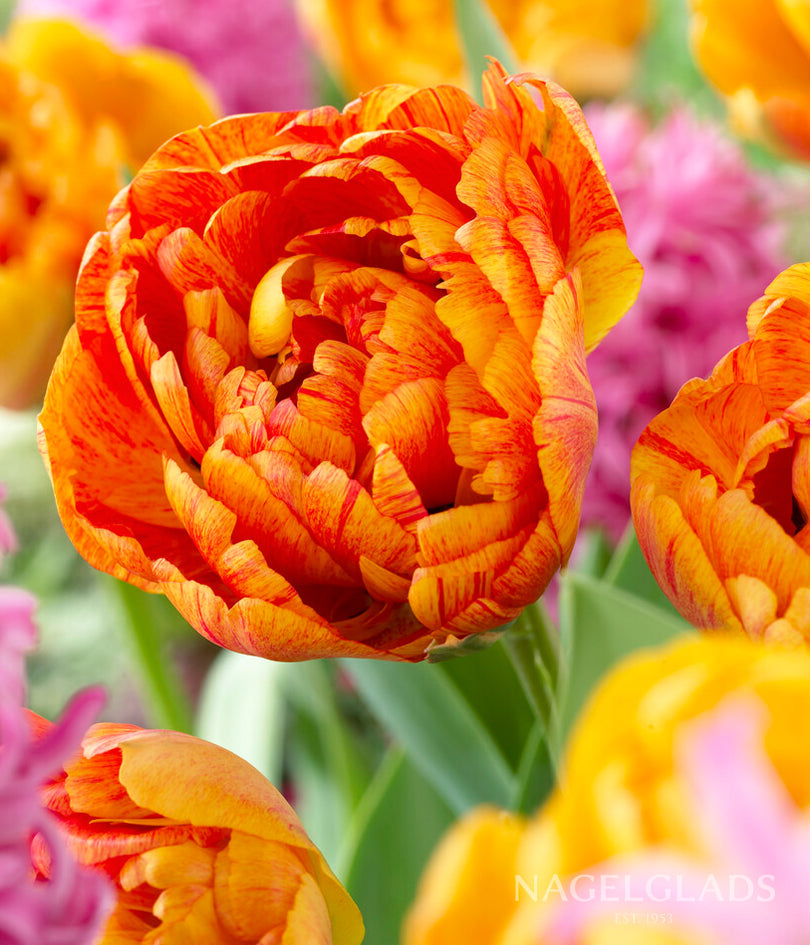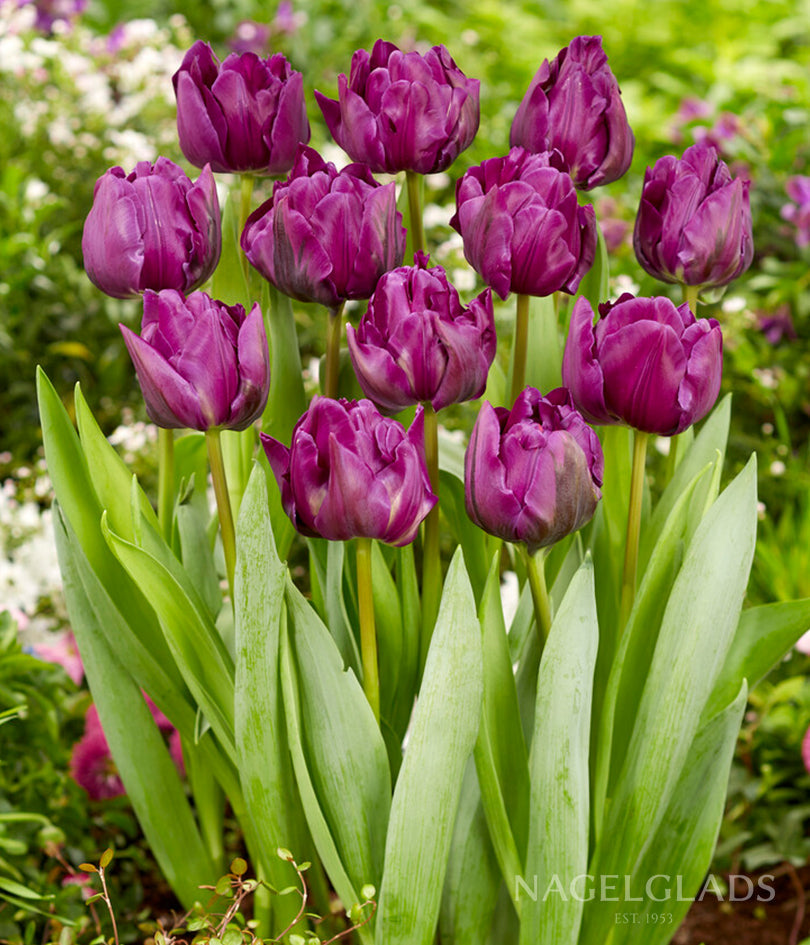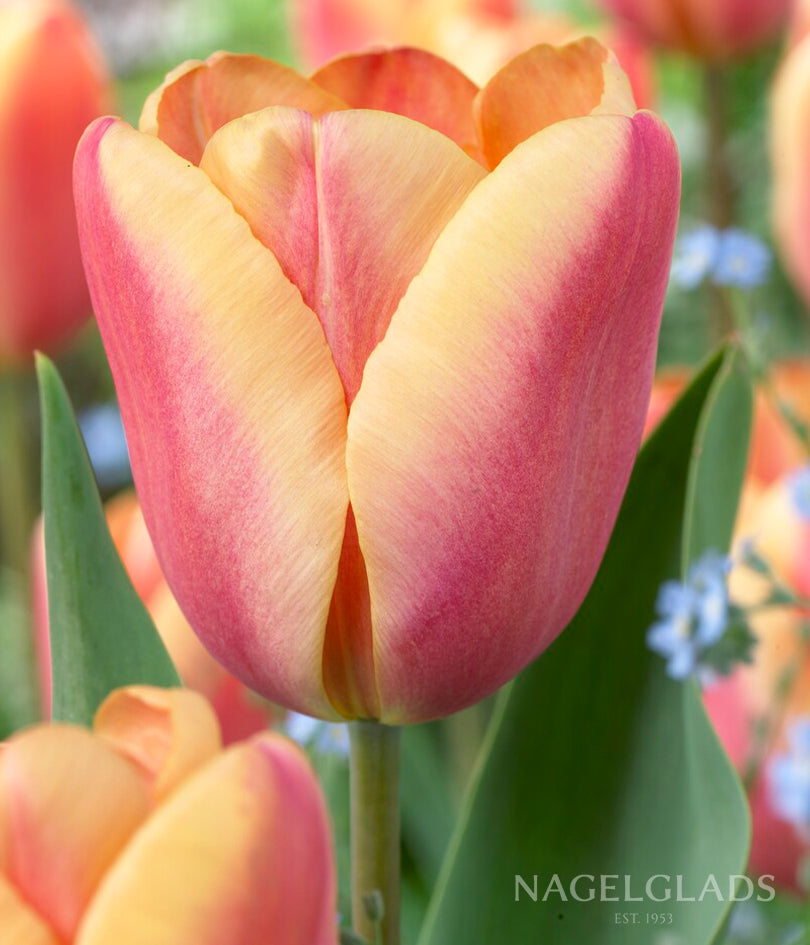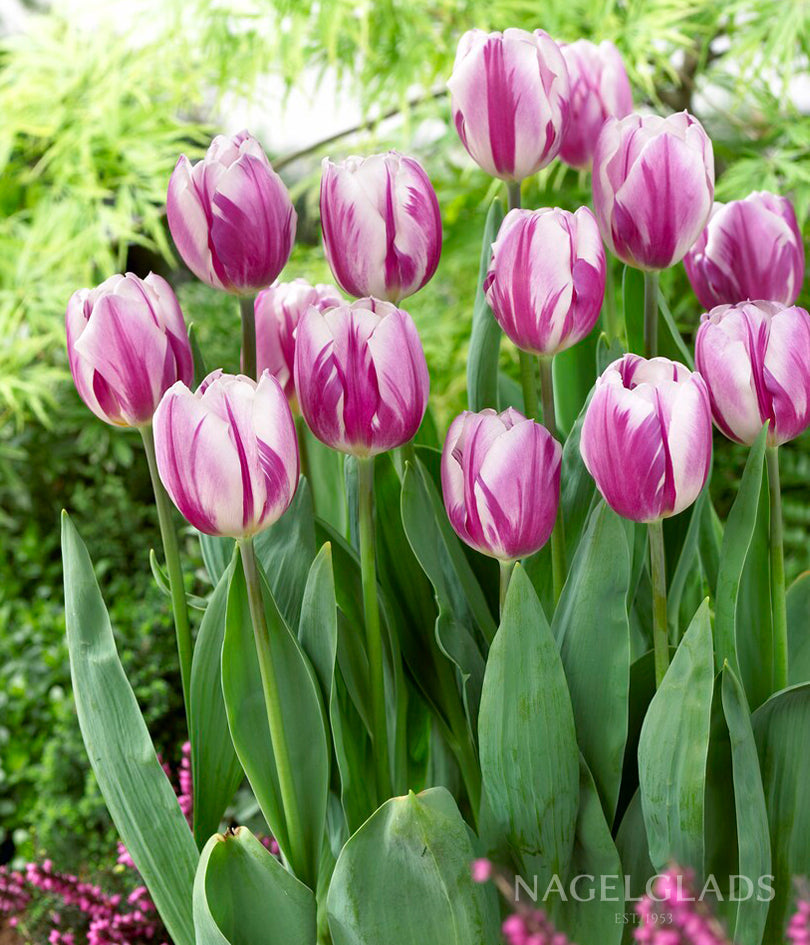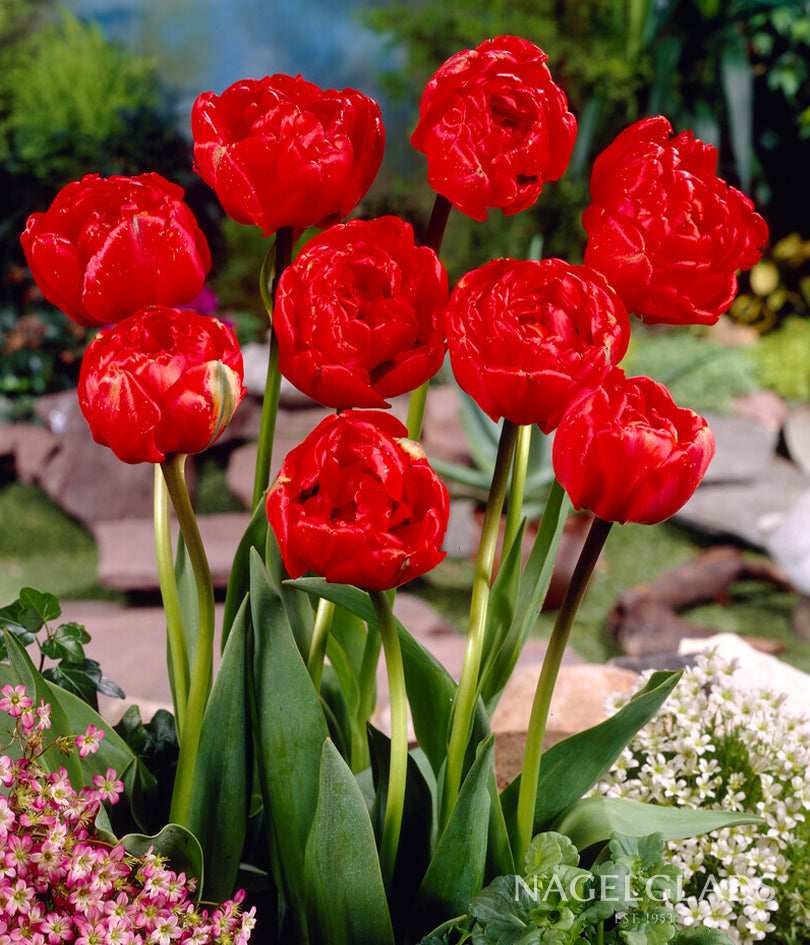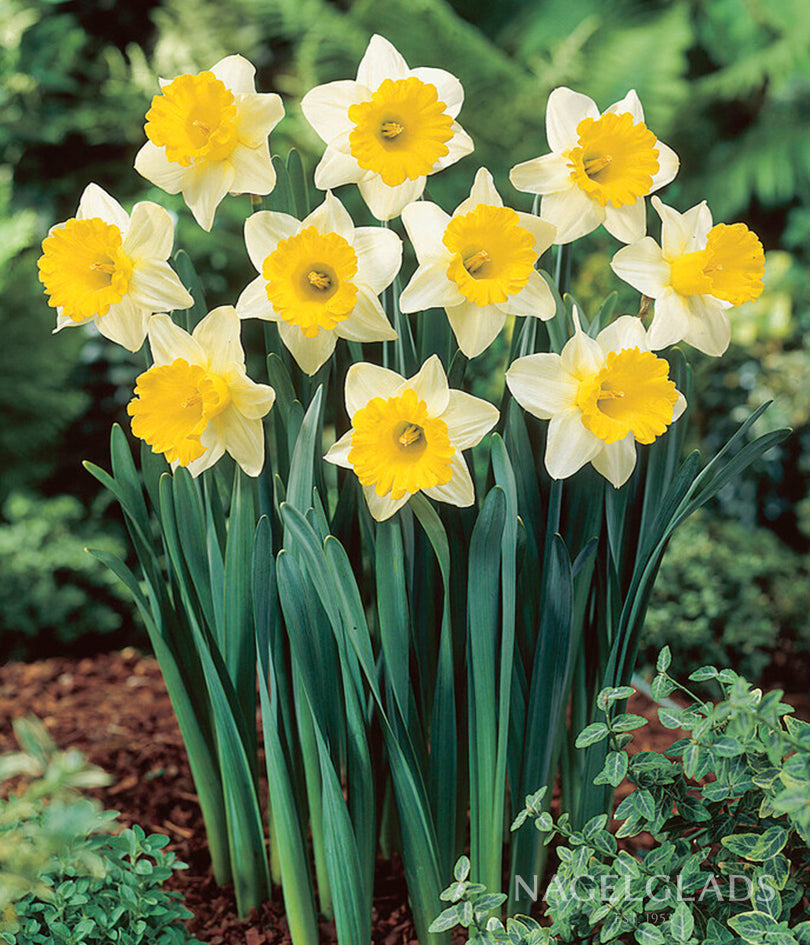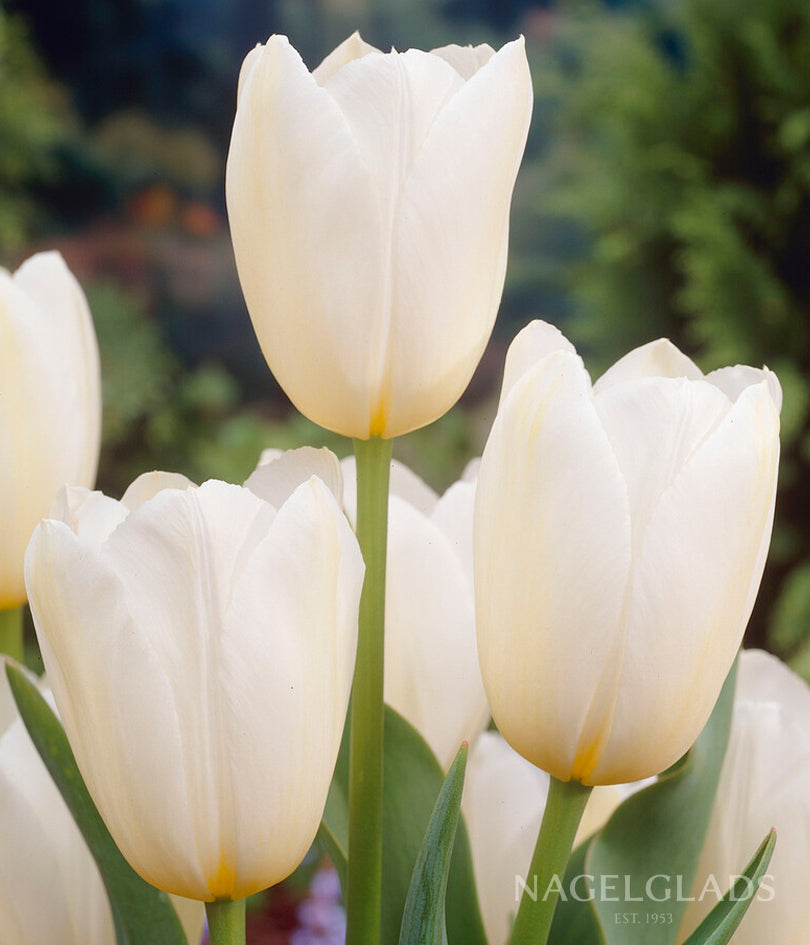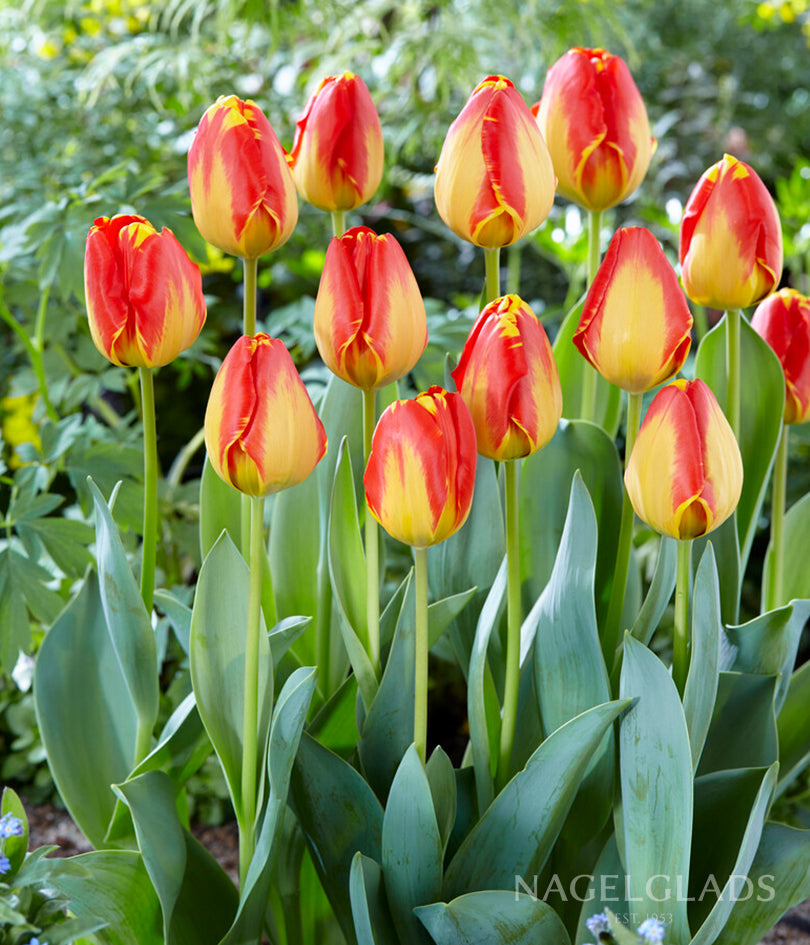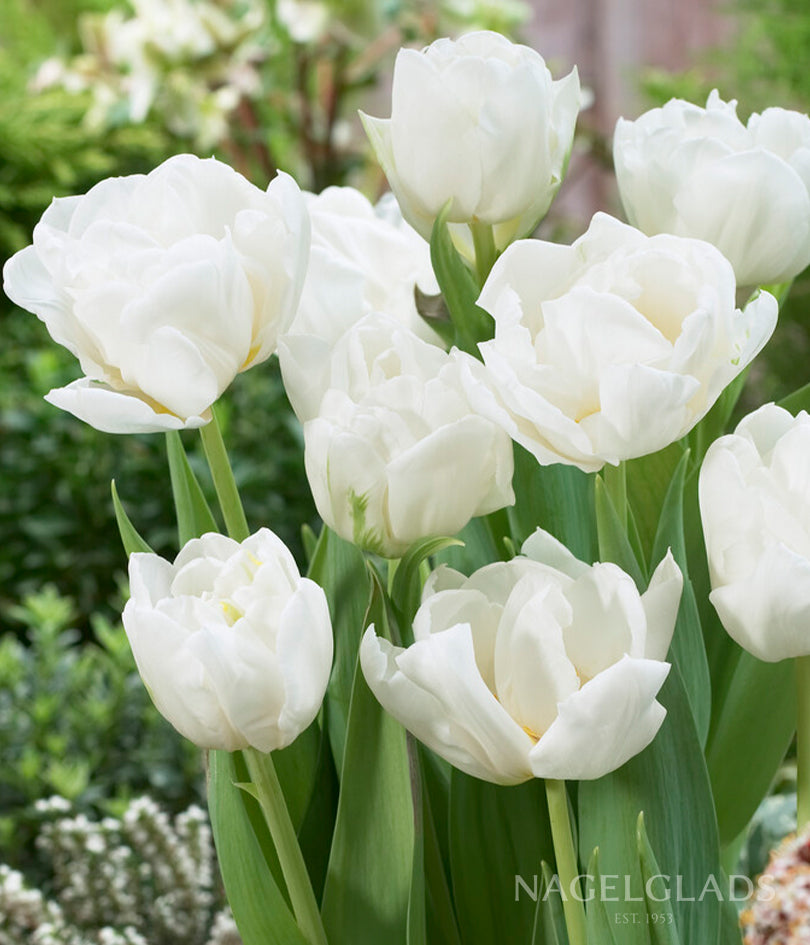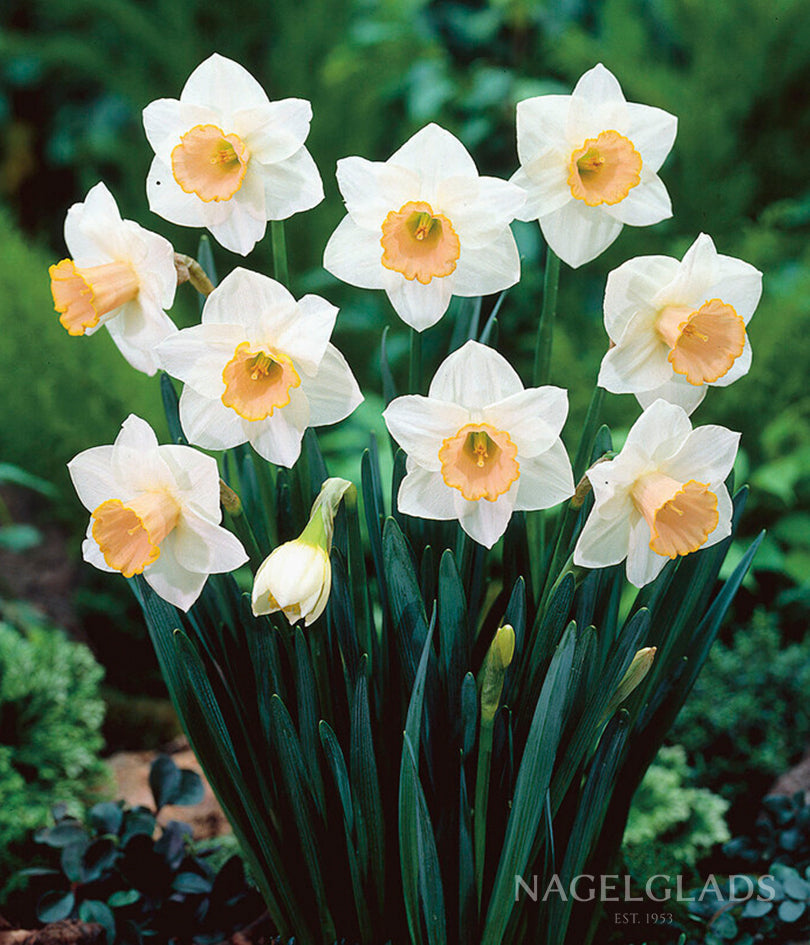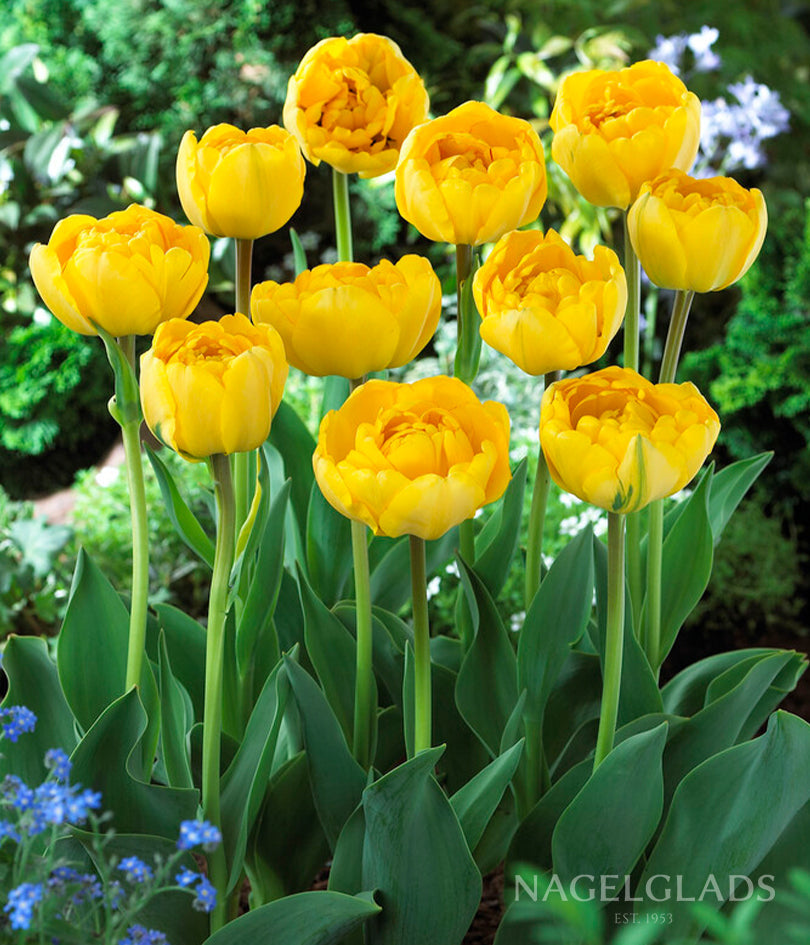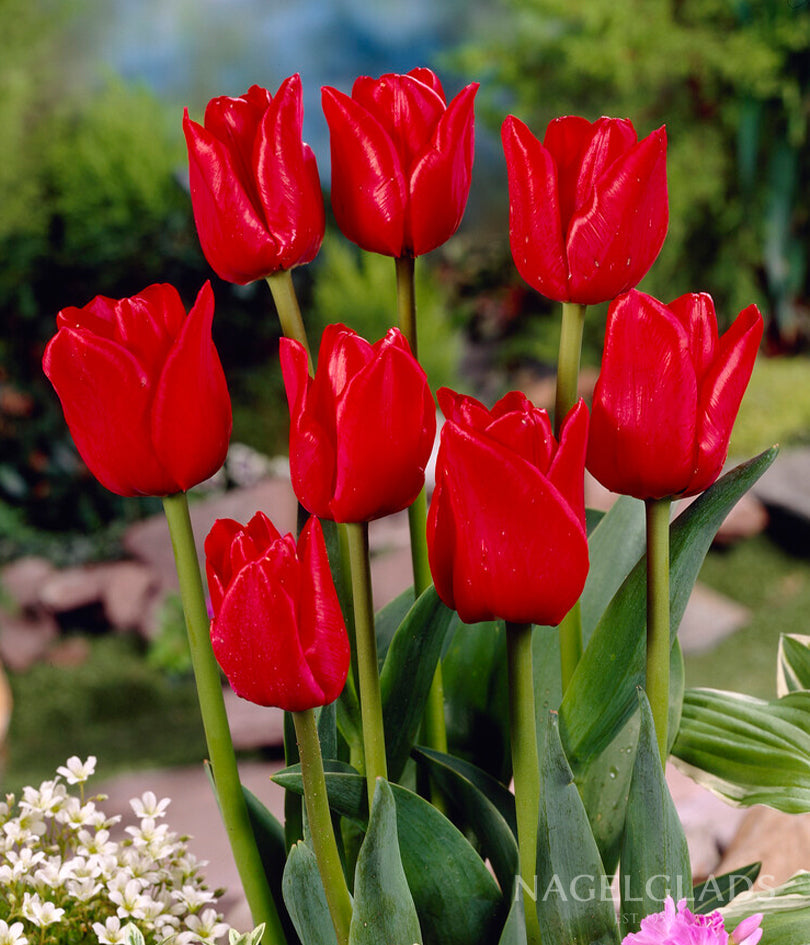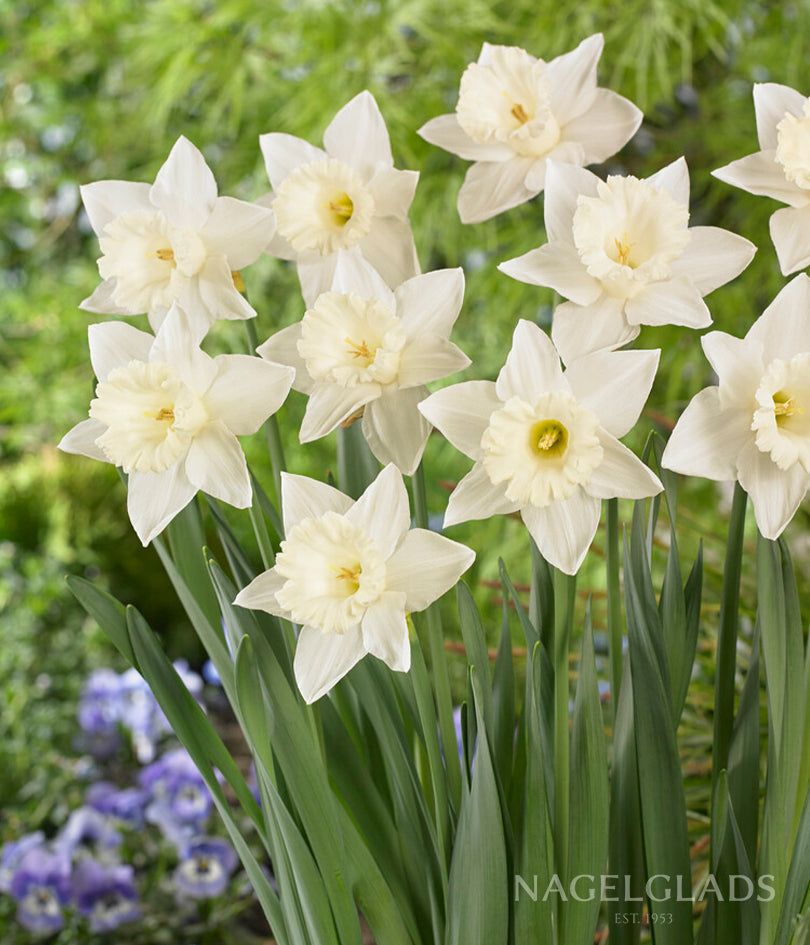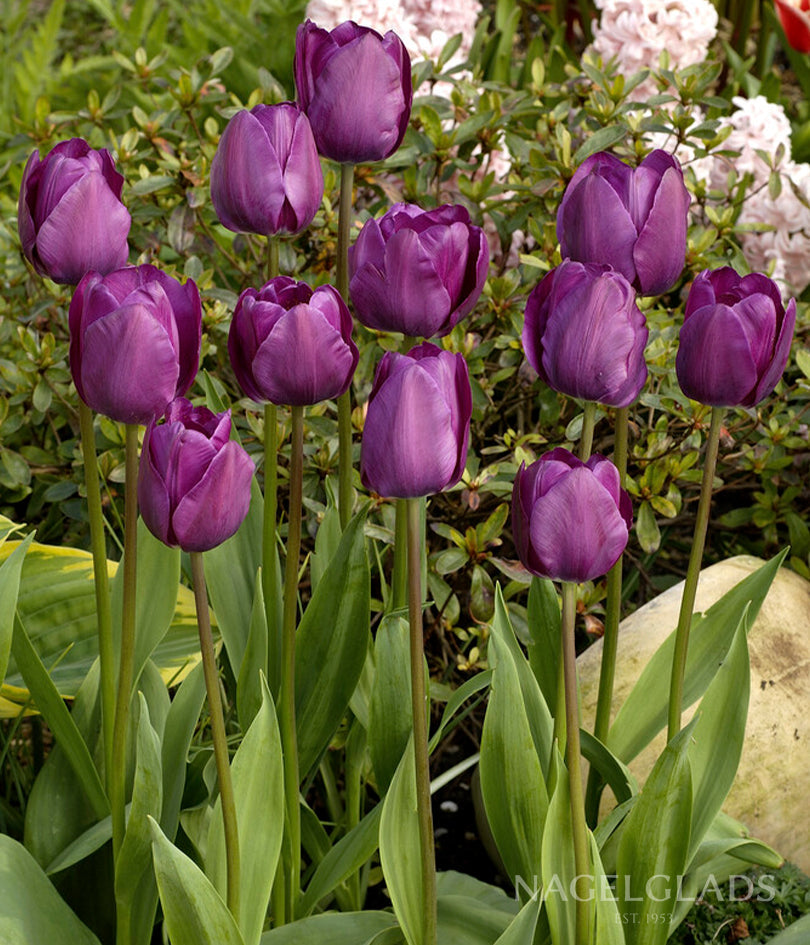An Analysis of the Cost vs. Profit When Growing Tulips and Daffodils in Bulk
If you’ve ever admired a field of tulips or a garden full of sunny daffodils, you’re not alone. These vibrant flowers have long captured the hearts of gardeners and flower enthusiasts alike. What if we told you that planting these beauties could also help you save—or even make—money? Whether you’re an experienced gardener or just starting, growing tulips and daffodils in bulk can be a rewarding venture that brings both beauty and financial benefits to your life. Let's dig into how cultivating popular varieties like Tete a Tete Daffodils, Catherina Single Late Tulips, and Crystal Beauty Fringed Tulips can keep your garden and wallet blooming!
The Cost-Effective Joy of Bulb Gardening
One of the greatest things about tulips and daffodils is how easy they are to grow. While initial investments are required, the returns—both in terms of stunning blooms and potential profit—are well worth it. Bulbs like Crystal Star Fringed Tulips and Salome Daffodils multiply over time, meaning that with a little patience, you could have twice as many flowers from your original planting. And if you’re planning on selling cut flowers or potted plants, the cost of a single bulb can yield more in sales!
Initial Investment vs. Long-Term Rewards

While the upfront cost of buying flower bulbs might seem like a splurge, when purchased in bulk, the price per bulb becomes much more manageable. Consider this: For about $50-$100, you could purchase enough bulbs to create a small field of tulips or daffodils. Over the years, as these bulbs naturally multiply, your investment could easily double in value, providing a continuous return year after year.
Here's a breakdown of the numbers to consider:
Top 5 Financial Benefits of Growing Tulips and Daffodils:
- Affordable Upfront Costs: Bulk purchases bring the price per bulb down, allowing you to start big for less.
- Multiplying Bulbs: Many varieties, like Tete a Tete Daffodils and Lalibela Darwin Tulips, naturally multiply each year, giving you free "new" flowers.
- Low Maintenance: Tulips and daffodils are low-maintenance plants, meaning less money spent on care and more time to enjoy their blooms.
- High Market Demand: Flowers like Flaming Flag Triumph Tulips are consistently popular, making them easy to sell as cut flowers or potted plants.
- Seasonal Profits: Selling in-demand blooms during spring can be a lucrative seasonal business, whether at farmers’ markets or to local florists.
Turn Your Garden into a Side Hustle
Once your flowers start blooming, you may want to think beyond just admiring them in your garden. Many people are now tapping into the growing trend of selling cut flowers at local markets. Varieties like Mondial Double Tulips and Orange Princess Double Tulips are particularly eye-catching and can fetch a nice price as premium blooms. You might even consider offering specialized arrangements or unique bouquets, highlighting the rare and luxurious appearance of Ile de France Triumph Tulips.
How to Maximize Your Bulb Investment

To make the most out of your flower-growing venture, it’s important to choose varieties that not only look stunning but also offer great value in terms of price and longevity. Focusing on popular types like Crystal Beauty Fringed Tulips and Salome Daffodils can help ensure you’re planting flowers that both multiply and sell well.
Top 5 Tips for Maximizing Your Bulb Garden’s ROI:
- Choose High-Demand Varieties: Opt for bulbs like Catherina Single Late Tulips that have widespread appeal and high market demand.
- Plant in Batches: Stagger planting times for a longer bloom season, ensuring a steady supply of flowers to enjoy or sell.
- Fertilize for Success: A little feeding goes a long way—proper nutrients can increase both the size and number of blooms.
- Focus on Multiplication: Allow bulbs like Tete a Tete Daffodils to naturalize and multiply, doubling your stock.
- Consider Seasonal Sales: Timing is everything—maximize profits by selling during peak seasons like Easter or Mother’s Day when flowers are most in demand.
Flowers That Keep Giving Back
The beauty of tulips and daffodils is that they require minimal effort but deliver significant rewards. By planting varieties like Lalibela Darwin Tulips and Crystal Star Fringed Tulips, you not only enhance your garden’s aesthetic appeal but also potentially turn your passion into a profitable hobby. These flowers aren’t just about looks—they’re a savvy investment for anyone looking to beautify their surroundings while keeping an eye on the bottom line.
Final Thoughts: Bloom Where You’re Planted—Profitably!
Growing tulips and daffodils can be both a delightful and financially rewarding experience. With the right planning and a focus on in-demand varieties, your garden can be more than just a pretty sight—it can become a source of extra income. Whether you’re aiming for a stunning spring display or looking to make a little cash on the side, these classic blooms are a win-win choice. Happy planting!


